1. California Condor

With a wingspan of nearly 10 feet, the California condor is North America’s largest flying bird. But, despite their impressive size, they’re not invincible. Lead poisoning from ingesting bullet fragments left in animal carcasses has pushed these birds to the brink. Even with breeding programs, only about 500 condors are left in the wild.
2. Red Wolf
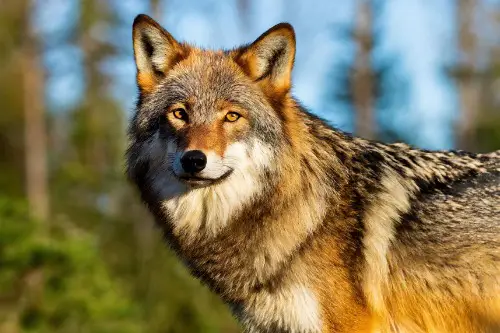
Imagine a wolf that’s smaller than a gray wolf but still just as majestic. That’s the red wolf. Once widespread across the Southeastern U.S., there are now fewer than 20 left in the wild, primarily in North Carolina. The biggest culprits? Habitat destruction and illegal hunting, along with hybridization with coyotes.
3. Florida Panther

The elusive Florida panther is a symbol of the state’s wilderness. But with fewer than 200 left, they’re desperately clinging to survival. The issue? Urban sprawl has cut off their territories, leading to dangerous inbreeding and a high number of roadkill incidents.
4. American Bison
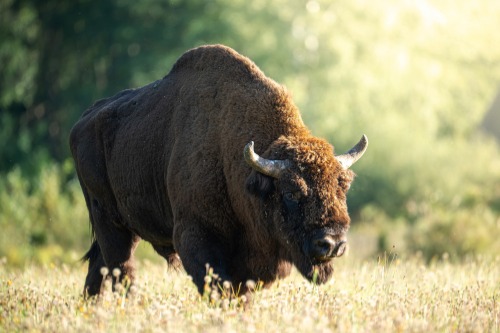
You might think of bison as a success story — after all, they’ve made a comeback since nearly disappearing in the 1800s. But today’s wild herds are mostly small and genetically isolated. Disease from cattle and habitat loss continues to limit their numbers, making them more vulnerable than we realize.
5. Monarch Butterfly
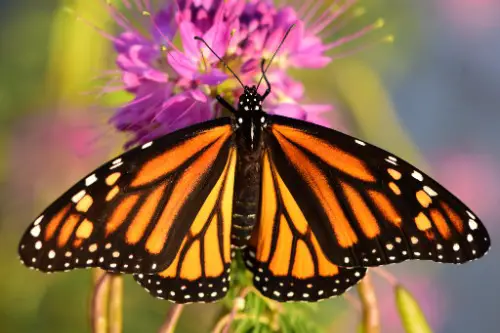
The iconic orange-and-black monarch butterflies are vanishing before our eyes. Their numbers have dropped by about 80% in the past two decades due to the loss of milkweed plants (the only food their larvae can eat) and climate change affecting their migration patterns. Without milkweed, there are no monarchs.
6. Leatherback Sea Turtle
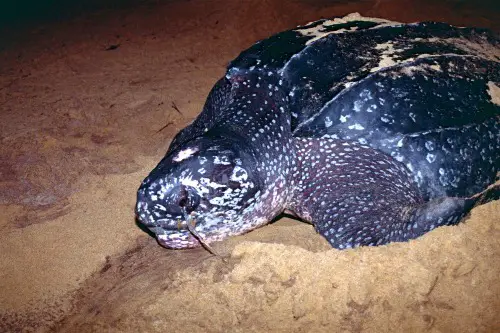
As the largest sea turtle species, leatherbacks have been around for over 100 million years. But now, they’re struggling to survive, especially along the Pacific coast. Commercial fishing nets, plastic pollution, and beach development threaten their nesting sites, leaving these ancient giants with dwindling numbers.
7. Eastern Hellbender
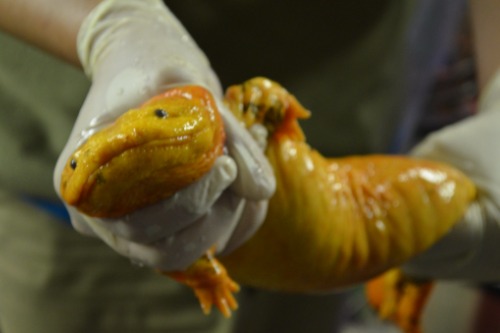
This aquatic salamander may not have the same fan club as bison or butterflies, but it’s a critical part of freshwater ecosystems. Due to pollution, damming, and habitat destruction, hellbender populations are dropping fast. The fact that they need clean, fast-flowing water to survive makes them particularly vulnerable to changes in water quality.
8. Gray Whale (Pacific)
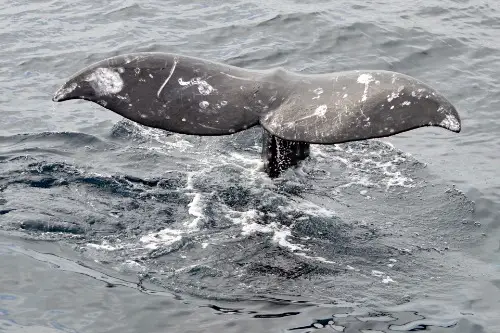
The gray whales that migrate along the Pacific coast have faced a tough few years. Unusually high mortality rates have been linked to changing ocean temperatures and reduced food supplies in their Arctic feeding grounds. There’s nothing quite like seeing a whale breach off the coast, but if we’re not careful, this might become a rarity.
9. Spotted Owl

The Northern spotted owl, which resides in the Pacific Northwest’s old-growth forests, has lost nearly half its population in the last 25 years. Habitat destruction from logging and competition with the invasive barred owl has pushed this once-common bird to the brink.
10. Hawaiian Monk Seal
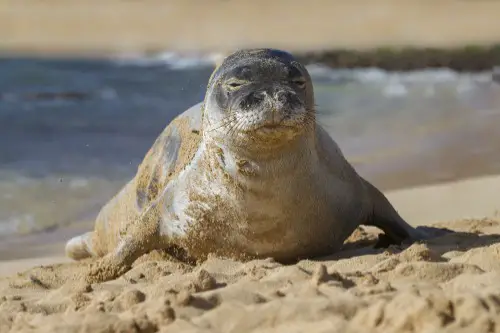
The Hawaiian monk seal is one of only two monk seal species left in the world — and it’s critically endangered. Only about 1,500 remain. Fishing gear entanglement, dwindling food sources, and climate change threatening their beaches are making it hard for these unique seals to survive.
11. Rusty Patched Bumblebee
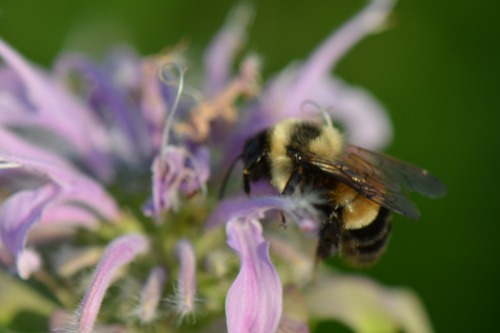
Bees are essential to our food supply, yet the rusty patched bumblebee has disappeared from nearly 90% of its historic range. The reasons? Pesticide use, habitat loss, and climate change are driving these once-common pollinators toward extinction. Without them, entire ecosystems (and our agriculture) are at risk.
12. Sierra Nevada Bighorn Sheep
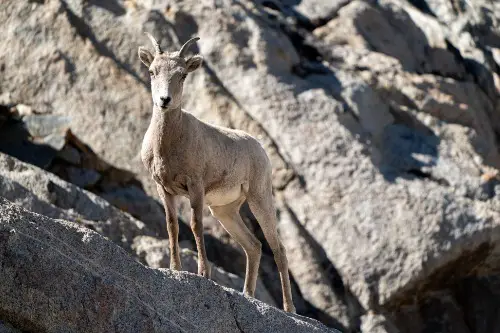
These agile mountain dwellers are facing numerous challenges, especially disease transmitted by domestic sheep and habitat loss. Fewer than 600 Sierra Nevada bighorn sheep are left in the wild. Climate change is also affecting their food sources, pushing them higher into the mountains where they can’t thrive.
13. American Eel

Though not as glamorous as some of the other species on this list, American eels are incredibly important to freshwater ecosystems. Overfishing, pollution, and barriers like dams have cut off their migratory paths, putting severe pressure on their populations. Their numbers have dropped by 90% in recent decades.


